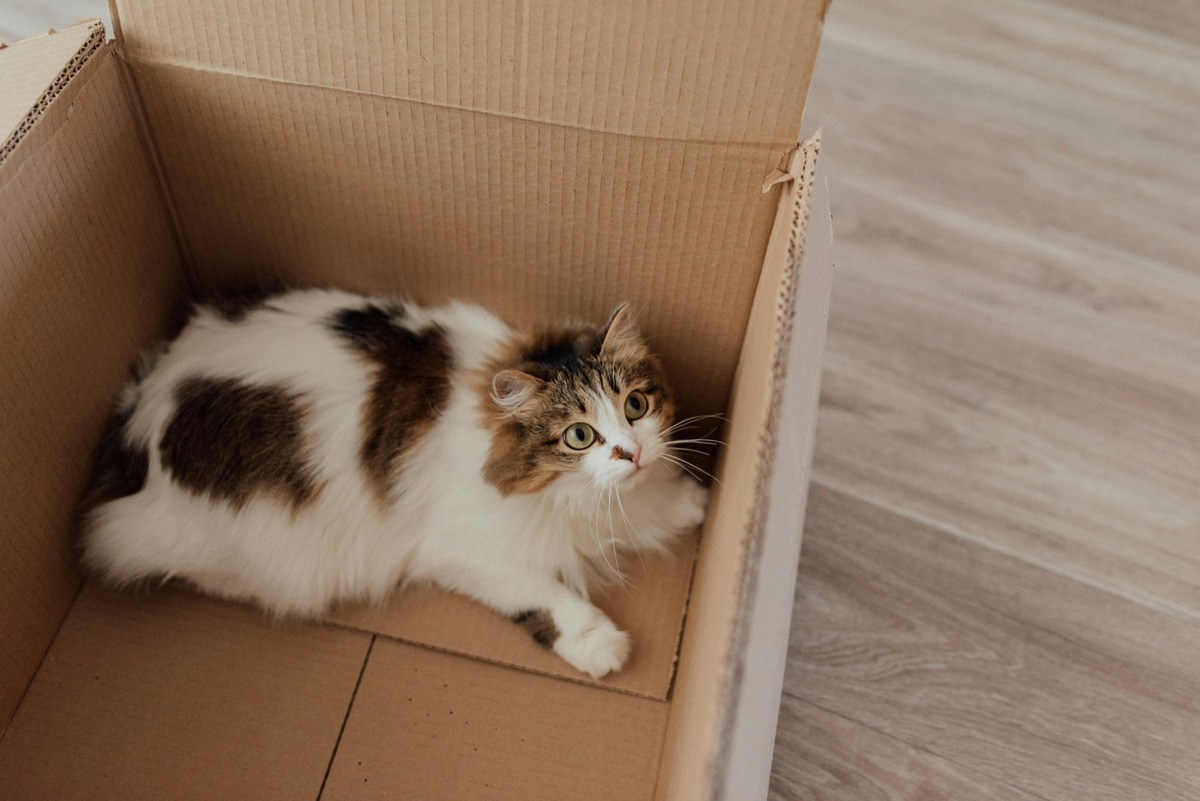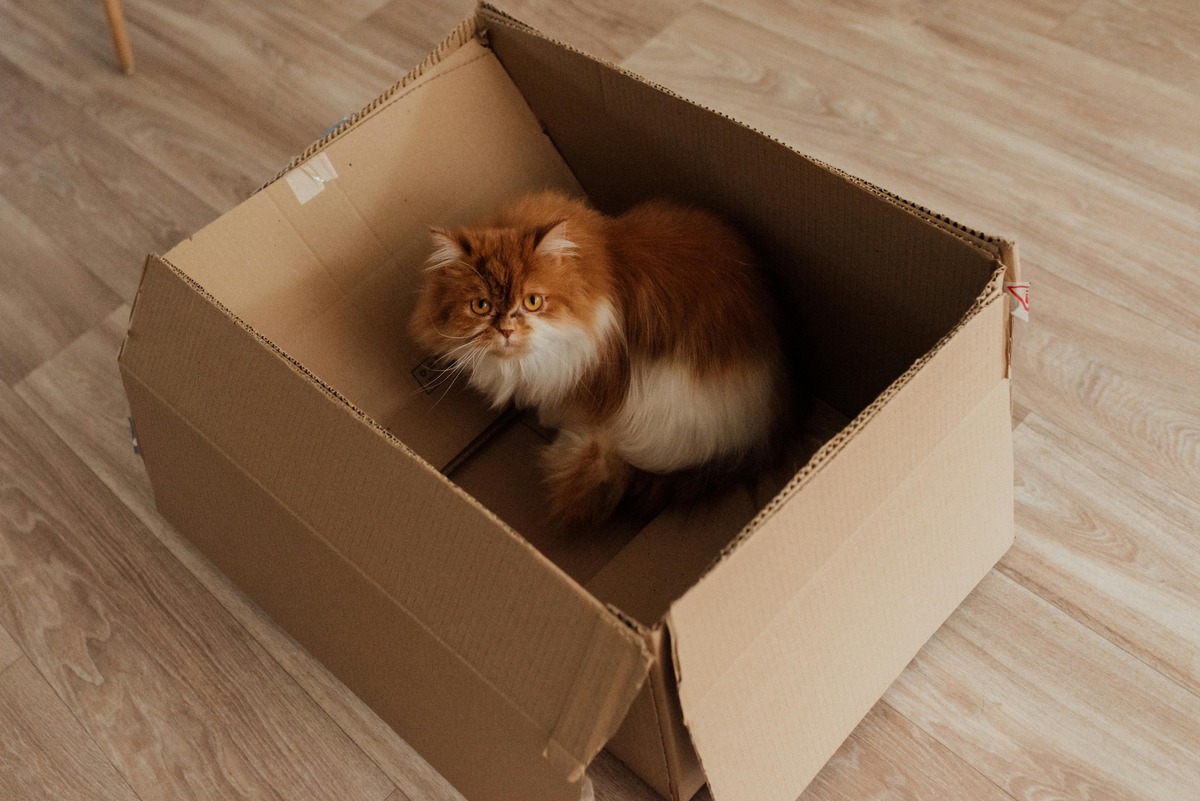
The Best Ways to Train Your Cat to Use a Litter Box
Training your cat to use a litter box is one of the first and most important steps in ensuring a clean and happy home. Cats usually want to bury their waste, but some need help learning to use the litter box. If you’re struggling with cat litter training, don’t worry. There are effective ways to make the process smoother.
In this guide, we will explore how to stop litter issues, find the best litter for cats, and set a consistent routine for good bathroom habits. Know your cat’s instincts and likes. This helps make litter training easy.
Why Litter Training is Important
A well-trained cat means fewer messes, less stress, and a healthier environment. Proper cat litter training helps with:
- Reducing accidents – A trained cat knows exactly where to go.
- Maintaining hygiene – A clean litter box prevents odours and bacteria build-up.
- Strengthening your bond – Positive reinforcement makes your cat trust you more.
- Avoiding behavioural issues – Cats that aren’t trained well can develop stress habits, like going to the bathroom in the wrong places.
- Promoting good health – A clean space lowers the chance of infections or health issues from bad hygiene.
Step 1: Choosing the Right Litter Box
Selecting the right litter box is crucial for successful cat litter training. Here’s what to consider:
1. Size and Shape
- The litter box should be 1.5 times the length of your cat.
- Low-sided boxes are better for kittens or older cats.
- Large, open boxes give your cat enough space to move around.
- Avoid boxes that are too small, as they may feel restrictive and discourage use.
2. Covered vs. Uncovered
- Uncovered boxes allow for better ventilation and are often preferred by cats.
- Covered boxes offer privacy but may trap odours if not cleaned regularly.
- Some cats feel trapped in covered boxes, leading to reluctance in using them.
3. Number of Litter Boxes
A general rule is one box per cat plus one extra. This prevents territorial issues and gives your cat options. If you have multiple cats, place litter boxes in separate areas to avoid competition.
Step 2: Choosing the Best Litter for Cats
Different cats have different preferences when it comes to litter. Some options include:
- Clumping clay litter – Easy to scoop and controls odours well.
- Non-clumping litter – Requires frequent changing but is dust-free.
- Silica gel crystals – Absorbent and long-lasting but may not be suitable for all cats.
- Natural litter (wood, paper, corn) – Eco-friendly and low in dust, great for sensitive cats.
- Scented vs. Unscented Litter – Some cats are sensitive to artificial fragrances. So, unscented litter is often a safer choice.
Try different types and observe which one your cat prefers. The best litter for cats is one that is comfortable for their paws and effectively absorbs waste. If your cat avoids the litter box, consider switching to a different litter type.
Step 3: Selecting the Best Location
Cats prefer a quiet, low-traffic area for their litter box. Keep these factors in mind:
- Avoid placing the box near food and water dishes.
- Choose a private yet accessible location.
- If you have multiple floors, place a litter box on each level.
- Ensure the litter box is not near loud appliances like washing machines, as noise may scare your cat away.
If your cat suddenly stops using the litter box, try relocating it to a more suitable spot.
Step 4: Introducing Your Cat to the Litter Box

1. Show Them the Box
When bringing a new cat home, place them in the litter box and let them explore. Gently scratch their paws in the litter to demonstrate how it works.
2. Use Positive Reinforcement
Reward your cat with treats or gentle praise whenever they use the litter box correctly. Avoid punishing accidents, as this can create anxiety around litter box use.
3. Keep It Clean
Cats are naturally clean animals and may refuse to use a dirty litter box. Scoop waste daily and change the litter at least once a week. Clean the litter box with mild soap and warm water each month. This stops odours from forming.
4. Be Patient
Some cats take time to adjust, so avoid scolding them for accidents. Instead, gently guide them back to the litter box. If your cat is having trouble, try keeping them in a smaller area with the litter box. This can help encourage them to use it.
Step 5: How to Stop Litter Issues
Even well-trained cats can develop litter box problems. Here’s how to stop litter issues before they become a habit:
1. Identify the Cause
- Medical issues – UTIs, kidney problems, or digestive issues can cause litter box aversion. Visit a vet if problems persist.
- Dirty litter box – Cats may refuse to use an unclean box.
- Litter preference – Your cat might dislike the type of litter you’re using.
- Stress or anxiety – Changes in the home, new pets, or loud noises can cause litter problems.
- Litter box location issues – If your cat avoids the box, it may be in an inconvenient or uncomfortable spot.
2. Clean Accidents Properly
Use an enzymatic cleaner to eliminate odours and prevent repeat incidents. Avoid ammonia-based cleaners, as they can mimic urine scent and encourage marking.
3. Reduce Stress
Provide hiding spots, scratching posts, and interactive toys to create a stress-free environment. If your cat is adjusting to a new home, give them time to acclimate.
4. Address Territorial Issues
If you have multiple cats, make sure each one has access to their own litter box in separate locations. Introducing cats slowly and providing plenty of resources can help reduce conflicts.
Troubleshooting Common Litter Box Problems

1. Cat Won’t Use the Litter Box
- Check for medical issues.
- Try a different type of litter.
- Place the box in a quieter location.
- Ensure the litter box is not too small or enclosed.
2. Spraying Outside the Box
- Neutering or spaying can help reduce marking behaviour.
- Use pheromone sprays to create a calming environment.
- Identify and remove stress triggers, such as new pets or household changes.
3. Excessive Scratching or Digging
- Some cats naturally dig more than others. If it becomes destructive, try a larger litter box or a different type of litter.
4. Litter Tracking Around the House
- Use a litter mat to catch stray particles.
- Consider using low-dust litter.
- Trim long-haired cats’ paw fur to reduce tracking.
Cat Litter Training
Training your cat to use a litter box is a crucial part of responsible pet ownership. With the right approach, you can prevent common problems. Create a clean, stress-free home for both you and your feline friend.
Choose the best litter for cats, place the box in an ideal location, and keep a consistent routine. Then, you’ll set your cat up for litter box success. If you ever run into problems, remember there are always solutions for how to stop litter issues.
Have you faced litter training challenges? Share your experiences and tips in the comments below!